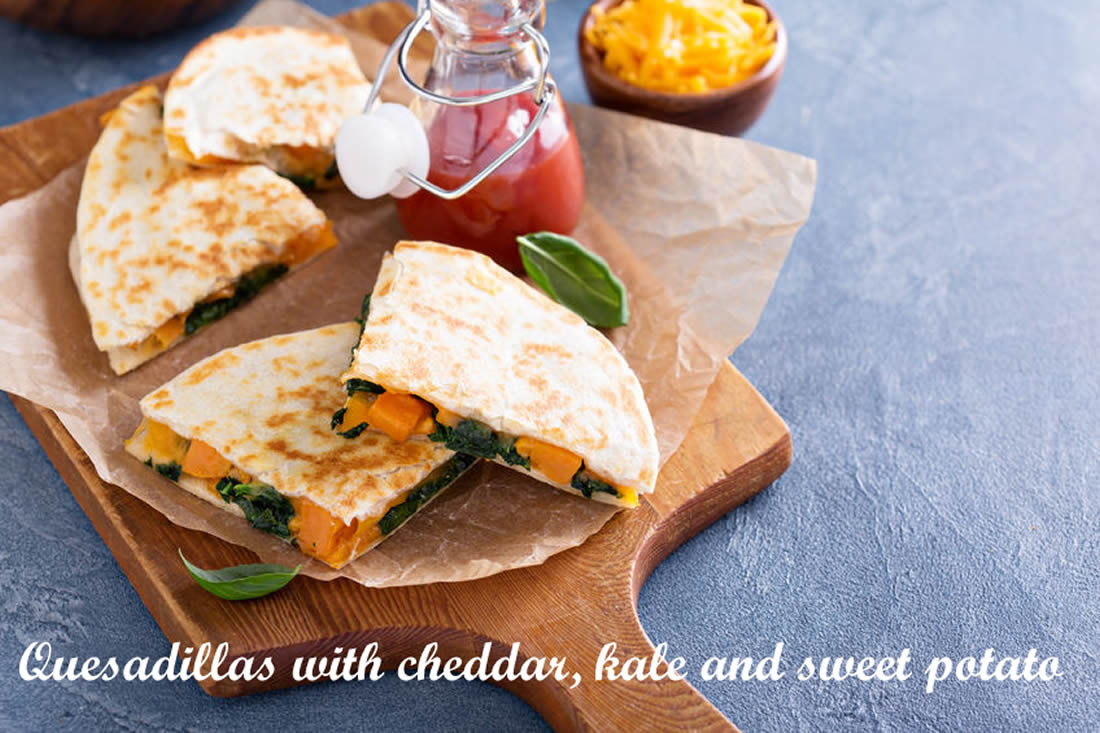Potatoes and sweet potatoes
 Potatoes are excellent no-gluten source of hormone boosting carbohydrates and also very dense in micro-nutrients. Gluten containing grains are bad carbs as gluten sensitivity can lead to celiac symptoms such as stomach cramps, diarrhea, and bloating. Potatoes are also very high on the satiety index (they make you feel full, faster).
Potatoes are excellent no-gluten source of hormone boosting carbohydrates and also very dense in micro-nutrients. Gluten containing grains are bad carbs as gluten sensitivity can lead to celiac symptoms such as stomach cramps, diarrhea, and bloating. Potatoes are also very high on the satiety index (they make you feel full, faster).
Potatoes are an excellent source of vitamin C, a good source of vitamin B6 and potassium (more than a banana!). They are fat free and cholesterol free (only 110 calories). One medium-sized potato with skin has:
- 110 calories.
- No fat, sodium or cholesterol.
- Loads of vitamin C (42mg against a recommended daily amount of 60mg)
- Twice as much potassium than a banana (900mg which is 1/4 of your daily requirement).
- Good levels of vitamin B6 (20-30% of RDA which maintains a healthy metabolism, nerve function, liver function, skin health, eye health and boosts levels of energy).
- Fibre, magnesium and antioxidants.
- Resistant starch.
- Good source of iron. (about 10% of the RDA).
Soil Quality
Nutrient rich soils and soils that benefit from crop rotation will pass on their micro-nutrients to the potatoes. Commercial farms that grow one crop, use pesticides and GMO potato varieties should be avoided. The perfect looking potatoes on the supermarket shelf may be cheap and last a long time, but they will contain far less micro-nutrients and lack taste. Try and source your potatoes from an organic local farmer, better still grow your own! Top tip: ask a local independent top restaurant where they get their potatoes from.
Sweet Potatoes (great for the eyes!)
The big difference between the sweet and the standard potato is that the sweet potato contain LOADS of vitamin A, in the form of beta carotene, whilst a potato contains zero. Sweet potatoes are among the richest sources of beta-carotene, a nutrient your body converts to vitamin A after consumption. Vitamin A is needed for eyesight, maintenance of the skin and human development. It is converted in the body to retinal and retinoic acid. A carrot contains about 8000 International Units (UI) of vitamin A, one sweet potato contains 18,000 which is over 400% of your recommended daily amount.
Sweet potatoes are (ermm...) sweeter!
A medium-sized sweet potato has 13g of sugar compared to just 2g in a medium-sized potato. Carbohydrates and protein are more plentiful in the potato, which has 37g of carbs and 5g of protein versus 24g of carbs and 2g of protein in a sweet potato. So total carbs are about the same. They also contain about the same amount of potassium and vitamin C.
Both potatoes and sweet potatoes originate in South America, but are only distantly related. The potato is hardier and can be grown in most climates and soil types. The potato has also been bred extensively and is often GMO, it also suffers from been grown in poor over-farmed soils. The sweet potato is unable to tolerate frost and is more sensitive to daylight. Unlike potatoes, you can also eat the leaves of sweet potatoes, which are very nutritious.
Which potato should you eat?
The answer is probably both, but the sweet potato wins due to its vitamin A content (which is essential for good eyesight).
Potato recipes:
- Jacket potatoes with butter, parsley and Himalayan salt.
- Jacket potatoes with various fillings.
- Garlic mashed potato.
- Sweet potato or potato soup.
- Roasted sweet potato or potato wedges.
- Quesadillas with cheddar, kale and sweet potato (see below).
-
Roasted potatoes (in goose or duck fat) with herbs.
- Meat and potato stews (using bone broth).
- Cottage pie.
- Fish pie (sweet potato or potato topping).
- Dauphinoise potatoes (with Gruyère cheese, cream and garlic).
- Steak and potato pie.
- Sweet potato wedges with salsa and guacamole.
- Sweet potato or potato salad.
- Sweet potato pie.

